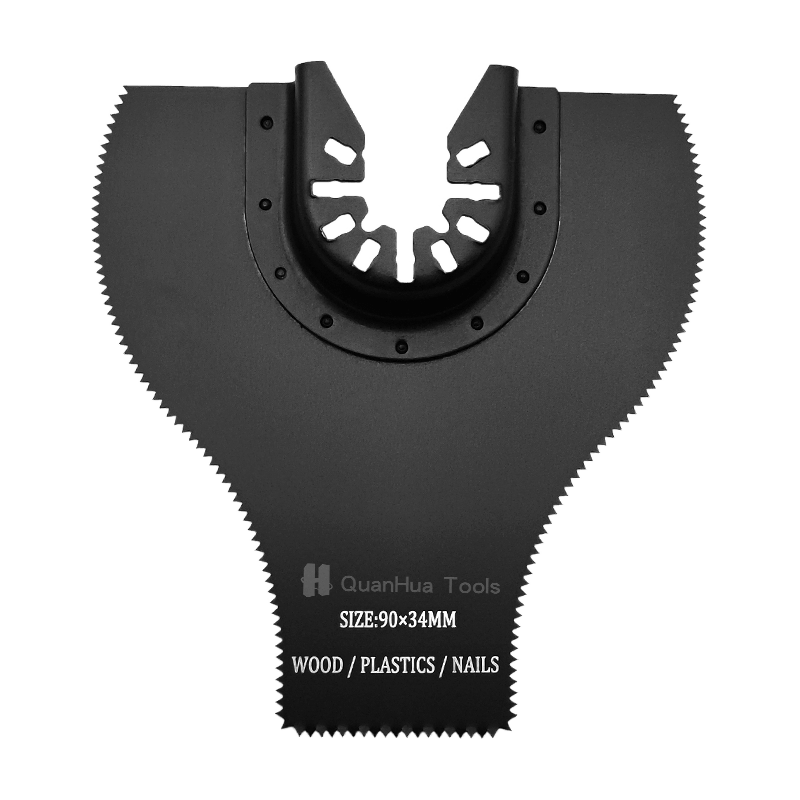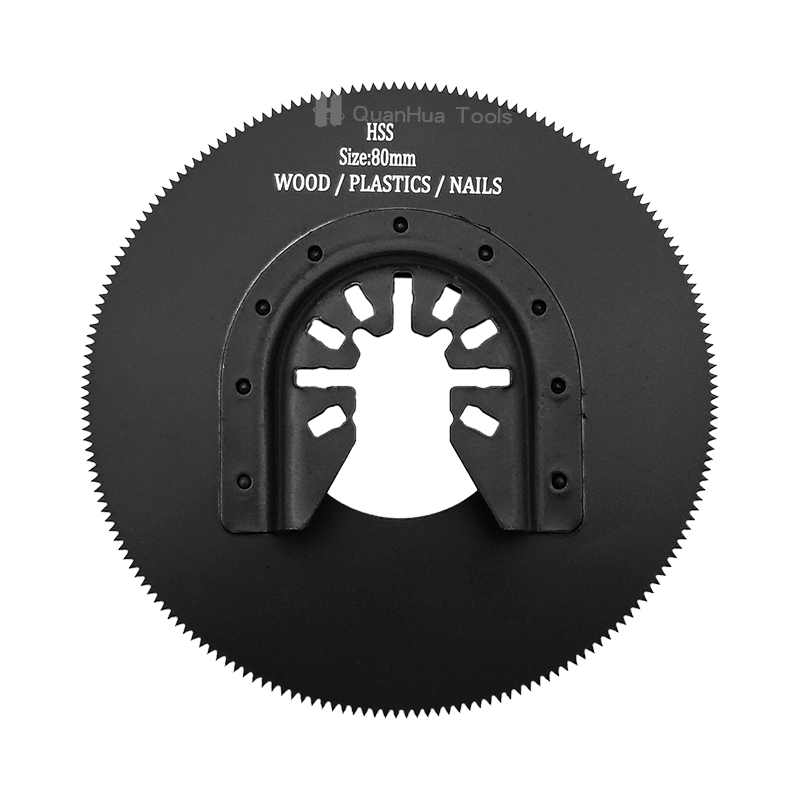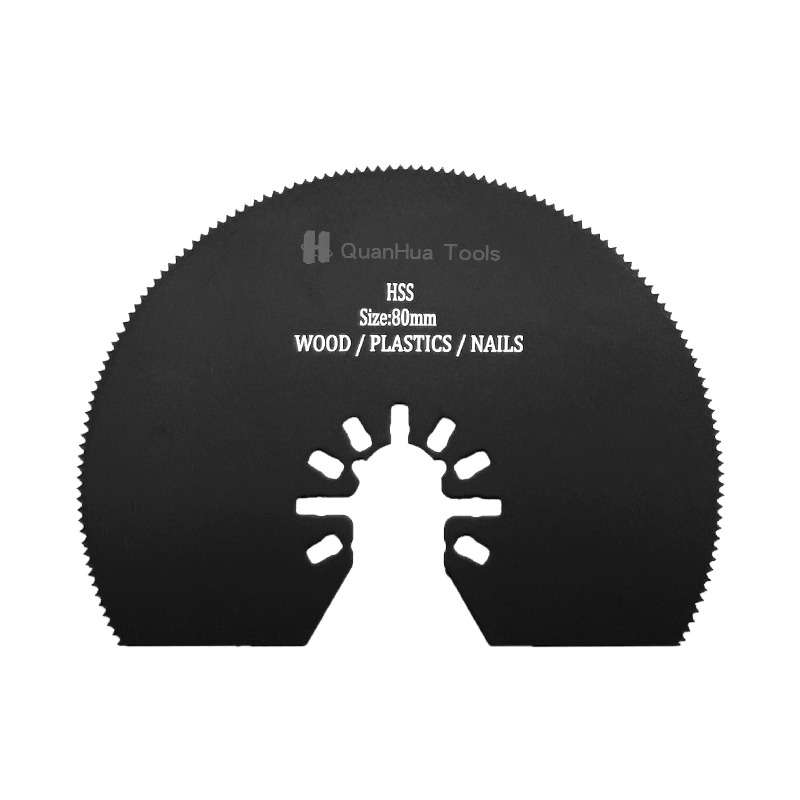1. Introduction to HSS Oscillating Multitool Saw Blades
HSS is a type of tool steel renowned for its ability to withstand high temperatures and maintain its hardness even under extreme conditions. These characteristics make HSS blades particularly well-suited for demanding cutting tasks where precision and durability are paramount. Unlike conventional steel blades, which may dull quickly or lose their edge under heavy use, HSS blades retain their sharpness over an extended period, ensuring consistent cutting performance throughout the lifespan of the blade.
HSS oscillating multitool saw blades are available in various shapes and sizes, each designed to excel in specific cutting applications. Whether it's trimming, plunge cutting, or detail work, HSS blades provide users with the versatility to tackle a wide range of materials, including wood, metal, plastics, and composites. This adaptability makes them indispensable tools for professionals in industries such as construction, woodworking, metalworking, and renovation.
2. The Composition of HSS Blades
The exceptional performance of
HSS oscillating multitool saw blades can be attributed to their unique composition and manufacturing process. HSS is an alloy steel that contains high concentrations of elements such as chromium, tungsten, molybdenum, and vanadium, which impart superior mechanical properties to the material. Chromium enhances the corrosion resistance of HSS, ensuring longevity and preventing rusting, while tungsten and molybdenum contribute to the hardness and wear resistance of the alloy. Vanadium further refines the grain structure of the steel, enhancing its toughness and impact resistance. The manufacturing process of HSS blades involves heat treatment techniques such as quenching and tempering, which optimize the material's hardness and toughness. This precise control over the metallurgical properties of HSS ensures that blades exhibit consistent performance and durability under a wide range of cutting conditions. In addition to their composition, HSS blades are often coated with specialized coatings such as titanium nitride (TiN) or titanium aluminum nitride (TiAlN) to further enhance their wear resistance and lubricity. These coatings reduce friction and heat buildup during cutting, resulting in smoother cuts and extended blade life.
3. Precision Cutting in Metalworking
Metalworking tasks require precision and finesse, as even minor errors can compromise the integrity of the workpiece. HSS oscillating multitool saw blades excel in metalworking applications, offering unmatched precision and cutting performance. One of the key advantages of HSS blades in metalworking is their ability to maintain a sharp cutting edge even when subjected to high temperatures generated during cutting. This heat resistance allows HSS blades to cut through various metals, including aluminum, copper, brass, and stainless steel, without dulling or overheating. In addition to their heat resistance, HSS blades exhibit exceptional hardness, enabling them to produce clean, burr-free cuts with minimal effort. Whether it's trimming pipes, cutting sheet metal, or removing rust and corrosion, HSS blades deliver precise results, enhancing efficiency and productivity in metal fabrication, plumbing, and HVAC installations. HSS blades are available in a variety of tooth configurations and geometries to suit different cutting tasks. Fine-tooth blades are ideal for cutting thin-gauge metals and producing smooth, precise cuts, while coarse-tooth blades excel in cutting thicker materials and removing stock quickly.










